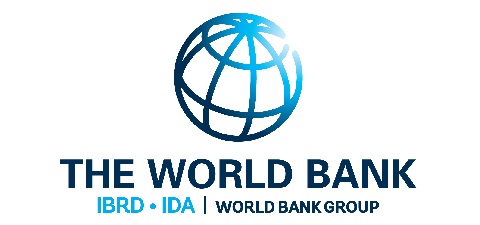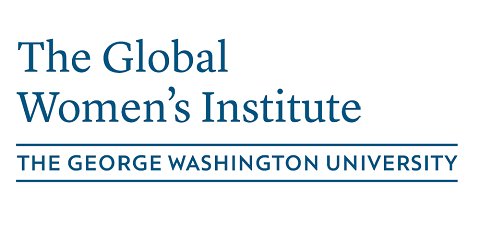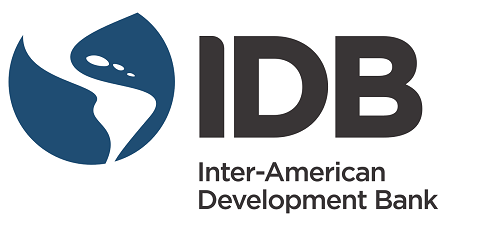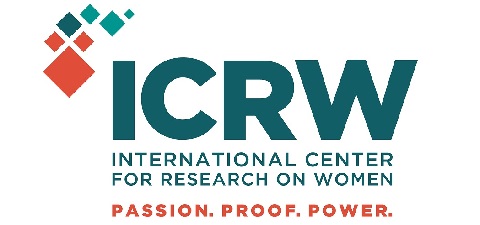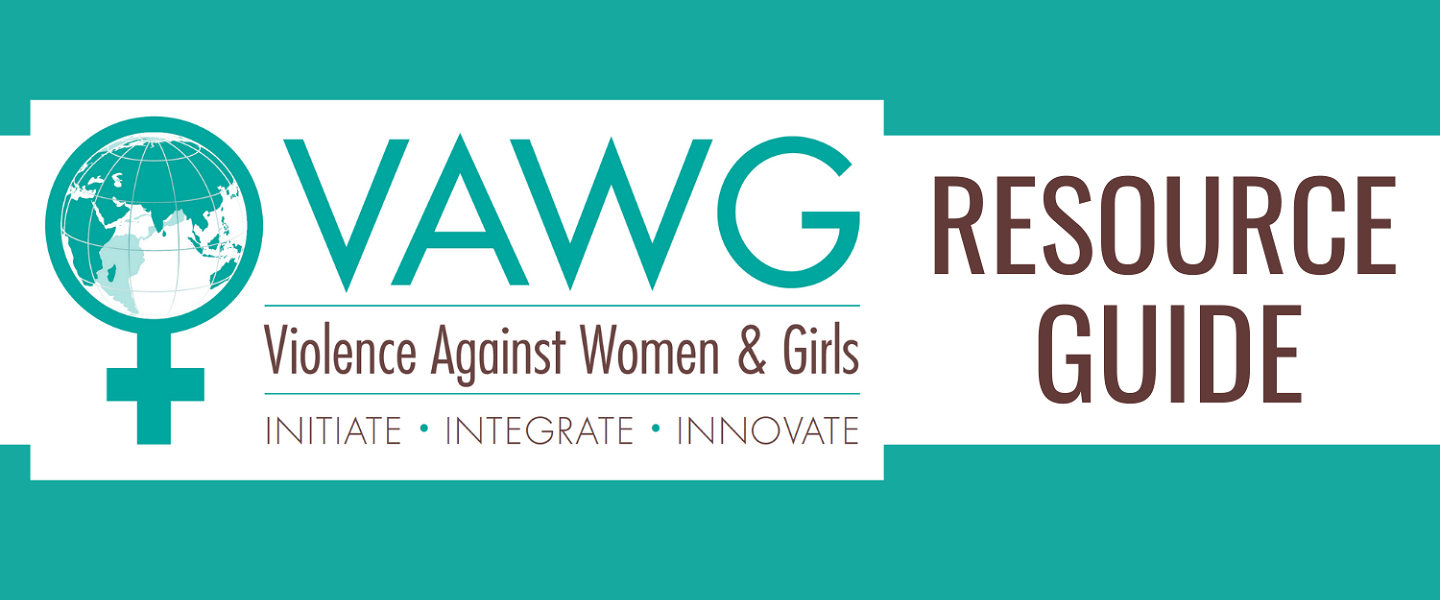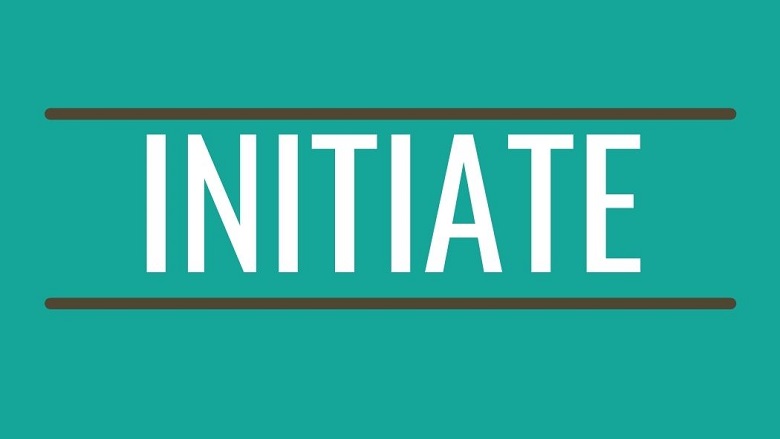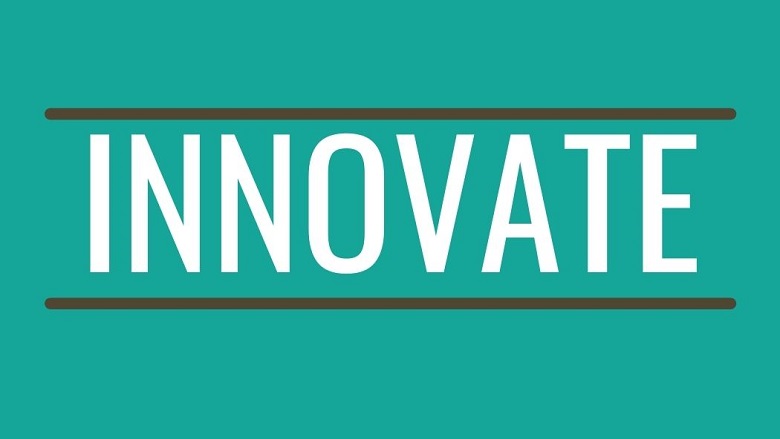Rapid Situation Analysis
Before developing an intervention strategy to respond to VAWG, project teams should understand the legal, social and epidemiological situation in the country, region or local community as they relate to VAWG. New programs or activities should be developed with an in-depth understanding of the existing gaps in services across sectors. WBG and IDB staff should work with governments, private sector partners, non-governmental institutions, local experts, and other counterparts in the country to answer some or all following questions.

